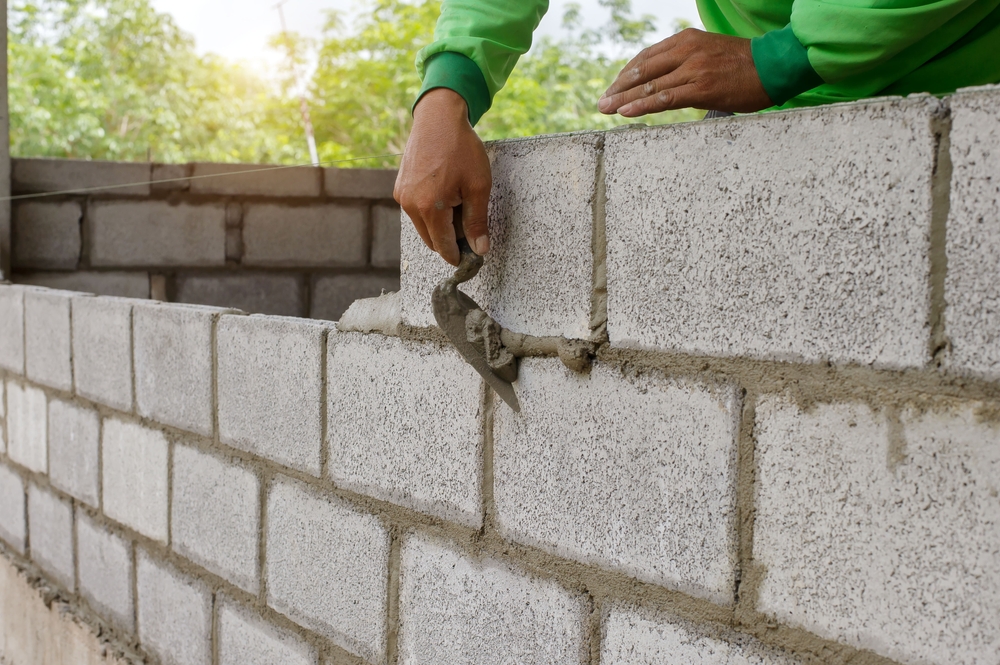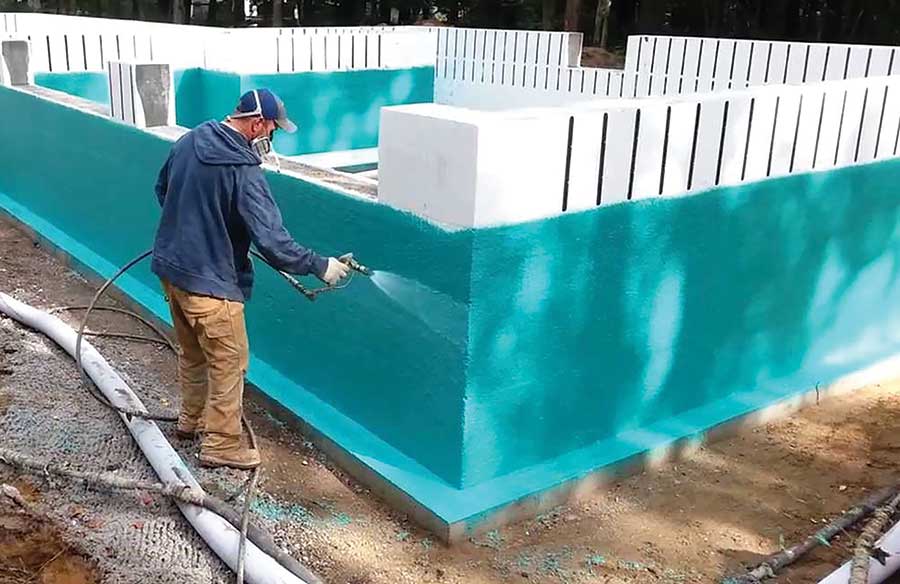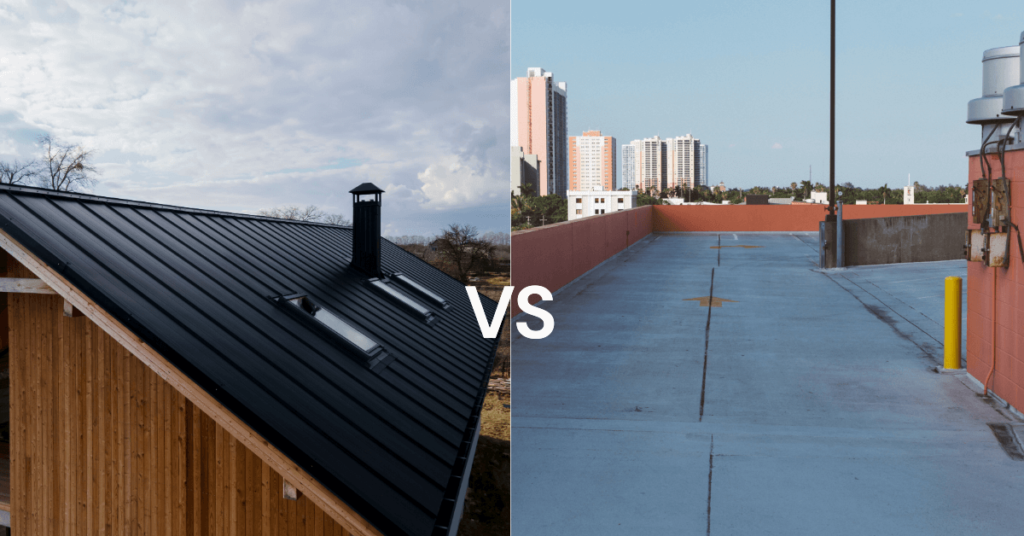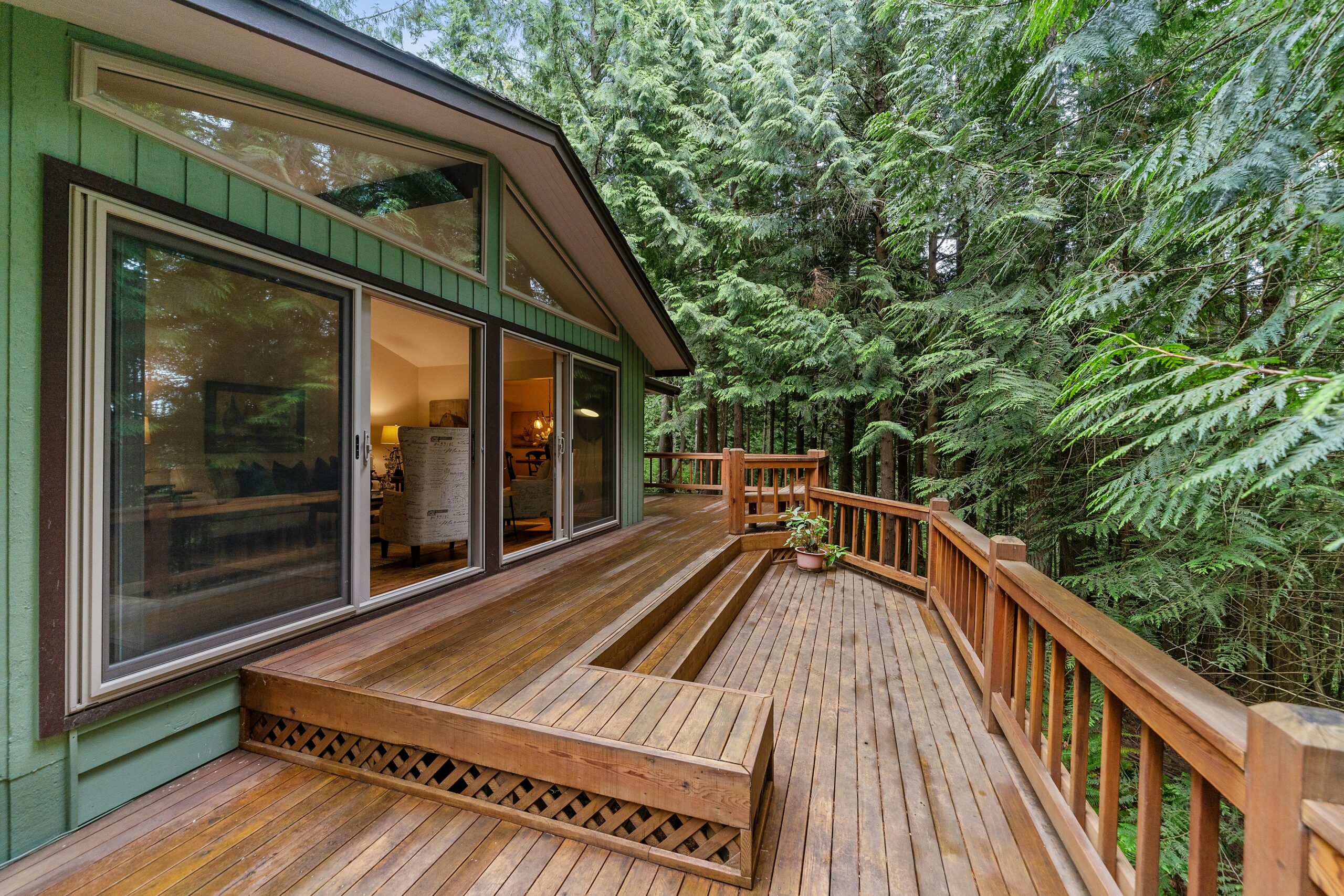As the leaves begin to fall and temperatures start to drop in New Jersey, homeowners are preparing their homes for the winter months ahead. One of the most critical components of winter preparation is ensuring your chimney is in excellent condition. A well-maintained chimney is essential for safe and efficient home heating, but many homeowners don’t realize their chimney needs attention until it’s too late. At American Supreme Construction, we’ve been helping New Jersey families maintain and repair their chimneys for years, and we want to share the warning signs that indicate your chimney needs professional attention before winter arrives.
Why Chimney Maintenance is Critical for New Jersey Homes
New Jersey’s climate presents unique challenges for chimney maintenance. The state experiences significant temperature fluctuations, heavy rainfall, and occasional severe weather events that can take a toll on chimney structures. Additionally, many New Jersey homes are older, with chimneys that may have been constructed decades ago using materials and techniques that don’t meet current safety standards.
The Dangers of Neglected Chimneys
A neglected chimney can pose serious risks to your home and family:
- Fire Hazards: Creosote buildup, cracked flue liners, and damaged masonry can all lead to chimney fires
- Carbon Monoxide Poisoning: Blocked or damaged chimneys can cause dangerous gases to back up into your home
- Structural Damage: Water infiltration can cause extensive damage to your chimney and home structure
- Reduced Efficiency: A damaged chimney can reduce your heating system’s efficiency, leading to higher energy costs
Early Warning Signs Your Chimney Needs Attention
1. Visible Exterior Damage
The first signs of chimney problems are often visible from the outside of your home. Regular visual inspections can help you catch issues early.
Cracked or Deteriorating Masonry
Look for cracks in the brickwork or mortar joints. These cracks can allow water to penetrate the chimney structure, leading to further deterioration. Pay special attention to the areas around the chimney crown and where the chimney meets the roof.
Missing or Damaged Chimney Cap
A chimney cap serves as the first line of defense against water, debris, and animals. If your chimney cap is missing, damaged, or improperly installed, it can lead to significant problems. Look for rust, cracks, or loose fittings.
Spalling Bricks
Spalling occurs when water freezes and thaws within the brick structure, causing the surface to flake off. This is a clear sign that water is penetrating your chimney and causing damage.
2. Interior Warning Signs
While exterior damage is often the most visible, interior signs can also indicate chimney problems that need immediate attention.
Water Stains on Ceilings or Walls
Water stains near your chimney, particularly on ceilings or walls adjacent to the chimney, indicate that water is leaking through the chimney structure. This can be caused by damaged flashing, cracked masonry, or a damaged chimney crown.
Dampness Around the Fireplace
If you notice dampness, musty odors, or visible water around your fireplace, it’s a strong indication that water is entering through your chimney. This can lead to mold growth and structural damage.
Peeling Wallpaper or Paint
Moisture from chimney leaks can cause wallpaper to peel or paint to bubble near the chimney area. This is often one of the first signs homeowners notice.
3. Performance Issues
Changes in your chimney’s performance can also indicate the need for repairs.
Poor Draft or Smoke Backing Up
If you notice that smoke is backing up into your home when you use your fireplace, it could indicate a blockage or structural issue within the chimney. This is a serious safety concern that requires immediate attention.
Difficulty Starting Fires
If you’re having trouble getting fires to start or keep burning, it might be due to poor airflow caused by chimney problems.
Unusual Odors
Musty or smoky odors coming from your fireplace when it’s not in use can indicate moisture problems or creosote buildup.
Professional Chimney Inspection: What to Expect
While regular visual inspections are important, professional chimney inspections are essential for identifying hidden problems. The Chimney Safety Institute of America (CSIA) recommends annual inspections for all chimneys, with more frequent inspections for heavily used fireplaces.
Level 1 Inspection
A Level 1 inspection is the most basic type and is appropriate for chimneys that are easily accessible and haven’t experienced any changes in use or performance. This inspection includes:
- Visual examination of accessible portions of the chimney
- Basic assessment of the chimney structure
- Check for obstructions and combustible deposits
Level 2 Inspection
A Level 2 inspection is more comprehensive and is recommended when:
- You’re buying or selling a home
- You’ve experienced a chimney fire or other damage
- You’ve made changes to your heating system
- You haven’t had an inspection in several years
This inspection includes everything in a Level 1 inspection plus:
- Video scanning of the chimney interior
- Examination of accessible portions of attics and crawl spaces
- Assessment of the chimney’s structural integrity
Level 3 Inspection
A Level 3 inspection is the most comprehensive and is conducted when serious problems are suspected. This may involve removing parts of the chimney or building structure to access hidden areas.
Common Chimney Repairs and Their Importance
1. Chimney Crown Repair
The chimney crown is the concrete or mortar cap at the top of the chimney that prevents water from entering the chimney structure. A damaged crown can allow water to penetrate the chimney, causing extensive damage.
Signs of Crown Damage:
- Cracks in the crown surface
- Missing pieces of the crown
- Water stains on the chimney exterior
- Deteriorating mortar joints
2. Flue Liner Repair or Replacement
The flue liner protects the chimney structure from heat and corrosive byproducts of combustion. A damaged liner can lead to structural damage and fire hazards.
Signs of Liner Problems:
- Cracks or gaps in the liner
- Pieces of liner falling into the fireplace
- Heat transfer to combustible materials
- Poor draft performance
3. Masonry Repairs
Masonry repairs address cracks, missing mortar, and other structural issues in the chimney brickwork.
Common Masonry Issues:
- Cracked or missing bricks
- Deteriorating mortar joints
- Spalling brick surfaces
- Structural instability
4. Chimney Cap Installation or Repair
A properly installed chimney cap prevents water, debris, and animals from entering the chimney.
Benefits of a Good Chimney Cap:
- Prevents water damage
- Keeps out animals and debris
- Improves draft performance
- Reduces downdrafts
The Cost of Neglect vs. Timely Repairs
Many homeowners delay chimney repairs due to cost concerns, but the cost of neglect far exceeds the cost of timely repairs.
Cost of Preventative Maintenance
- Annual chimney inspection: $100-$300
- Basic cleaning and minor repairs: $200-$500
- Chimney cap installation: $200-$400
Cost of Neglected Repairs
- Major structural repairs: $2,000-$10,000
- Complete chimney rebuild: $5,000-$15,000
- Home damage from chimney fires: $10,000-$50,000
- Potential loss of life or property
DIY vs. Professional Repairs
While some homeowners may be tempted to tackle chimney repairs themselves, chimney work is best left to professionals for several reasons:
Safety Concerns
Chimney work involves working at heights and dealing with potentially dangerous materials. Professional chimney technicians have the training and equipment to work safely.
Technical Expertise
Chimney systems are complex, and proper repair requires specialized knowledge. Professionals understand building codes, safety requirements, and proper repair techniques.
Warranty and Insurance
Professional repairs typically come with warranties and are often covered by insurance. DIY repairs may void warranties and insurance coverage.
Preparing Your Chimney for Winter
Fall Maintenance Checklist
- Schedule a Professional Inspection: Have your chimney inspected by a certified professional
- Clean the Chimney: Remove creosote and debris buildup
- Check the Chimney Cap: Ensure it’s properly installed and in good condition
- Inspect the Flashing: Check for damage where the chimney meets the roof
- Test the Damper: Ensure it opens and closes properly
- Check for Obstructions: Remove any debris or animal nests
Winter Usage Tips
- Use only seasoned, dry wood
- Build smaller, hotter fires
- Never burn treated wood or trash
- Keep the damper open when using the fireplace
- Install carbon monoxide detectors
Why Choose American Supreme Construction for Chimney Services?
At American Supreme Construction, we understand the importance of a safe, well-maintained chimney. Our team of certified chimney technicians provides comprehensive chimney services throughout New Jersey.
Our Services Include:
- Chimney Inspections: All levels of professional inspections
- Chimney Cleaning: Thorough removal of creosote and debris
- Masonry Repairs: Expert repair of brickwork and mortar
- Flue Liner Installation: Professional liner installation and repair
- Chimney Cap Installation: Proper cap installation and repair
- Emergency Repairs: 24/7 emergency service for urgent issues
Why Choose Us:
- Certified Technicians: Our team is certified by the CSIA
- Comprehensive Warranties: We stand behind our work
- Emergency Service: Available when you need us most
- Competitive Pricing: Fair, transparent pricing
- Local Expertise: Deep knowledge of New Jersey’s climate and building codes
Don’t Wait Until It’s Too Late
Winter in New Jersey can be harsh, and the last thing you want is to discover chimney problems when you need your heating system most. By being proactive about chimney maintenance and repairs, you can ensure your home stays warm, safe, and efficient throughout the winter months.
Contact American Supreme Construction today to schedule your chimney inspection. Our experienced team will thoroughly assess your chimney’s condition and provide you with a detailed report and recommendations. Don’t let chimney problems put your family at risk – take action now and enjoy peace of mind all winter long.
Remember, a small investment in chimney maintenance today can prevent costly repairs and dangerous situations tomorrow. Your family’s safety is worth it.




